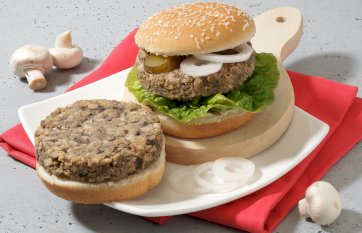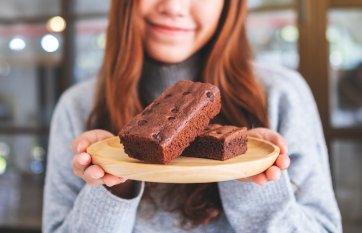Interview with Dariusz Papież, head of the technology and new projects department at Libra Polska.
- Sausages are one of the food categories that are very diverse. On the one hand, they have the opinion of meat products of the lowest quality, and on the other hand, they have a huge market share.
- It is true that the sausages available on the Polish market vary greatly. Starting from low-end products made mainly of MDM, fat and skin emulsions, to premium products without E- additives with a meat content of 95-100%.
- Consumers have always liked sausages, but nowadays their quality is more and more important. Studying the labels is essential, but the sensory aspect is extremely important as well. Consumers quickly form an opinion about what products they consider trustworthy and generally remain loyal to their initial choices.
- When eating sausages, we pay attention to various features. The first is, of course, the taste, the second, no less important, is the mouthfeel and the so-called knack - sensory impressions felt while biting each bite. It is generally accepted, that the harder and tighter the structure of a sausage, the better the quality of the product. It is quite an obvious observation resulting from the raw materials used because it is difficult to compare the structure of a sausage made of MDM to a sausage made of ham meat. In my opinion, customers can spot these differences without even reading the label.
- Is there any way to improve the sensory experience in cheaper sausage products?
- Of course, there are several ways to do this, one of them is the appropriate selection of raw materials or production technology. On the other hand, what we offer to our clients is primarily our comprehensive taste and functional solutions supplemented by appropriately selected fibers.
- Indeed, often the labels of sausages contain information about the fiber content, why is it becoming such a popular ingredient?
- Fiber is primarily a natural ingredient that does not add an E number to the label, and secondly, it is well received by customers. However, for us, technologists, good water absorption and functionality are important, which positively influence the structure of homogenized products.
- Do you have any evidence that could support the thesis that fiber has a positive effect on the structure of sausages?
- Yes, we have been testing fiber in various applications for many years. We have performed multiple series of tests on sausages based on different systems with different doses of fiber. We conducted texturometric analyses of hot and cold sausages made with and without fiber. All results showed an improvement of the texture of sausages with the addition of fiber, in comparison to base samples, emulating the quality of the product with meat instead of MDM. At the same time, their color and cross-section did not change. It is also worth mentioning that the addition of fiber allows you to reduce most of the leakage when storing sausages in vacuum.
- Can you tell us what fiber was used in the tested sausages?
- We conducted the study using fiber grade 200. The origin of the fiber, whether it is gluten-free wheat, oat, bamboo, or sugar cane fiber - does not have functional significance in this application. You can also use powdered cellulose grade 200, which has very similar technological properties, but unlike fibers, it is an additive with the number E460ii.
- Thank you for the conversation.





